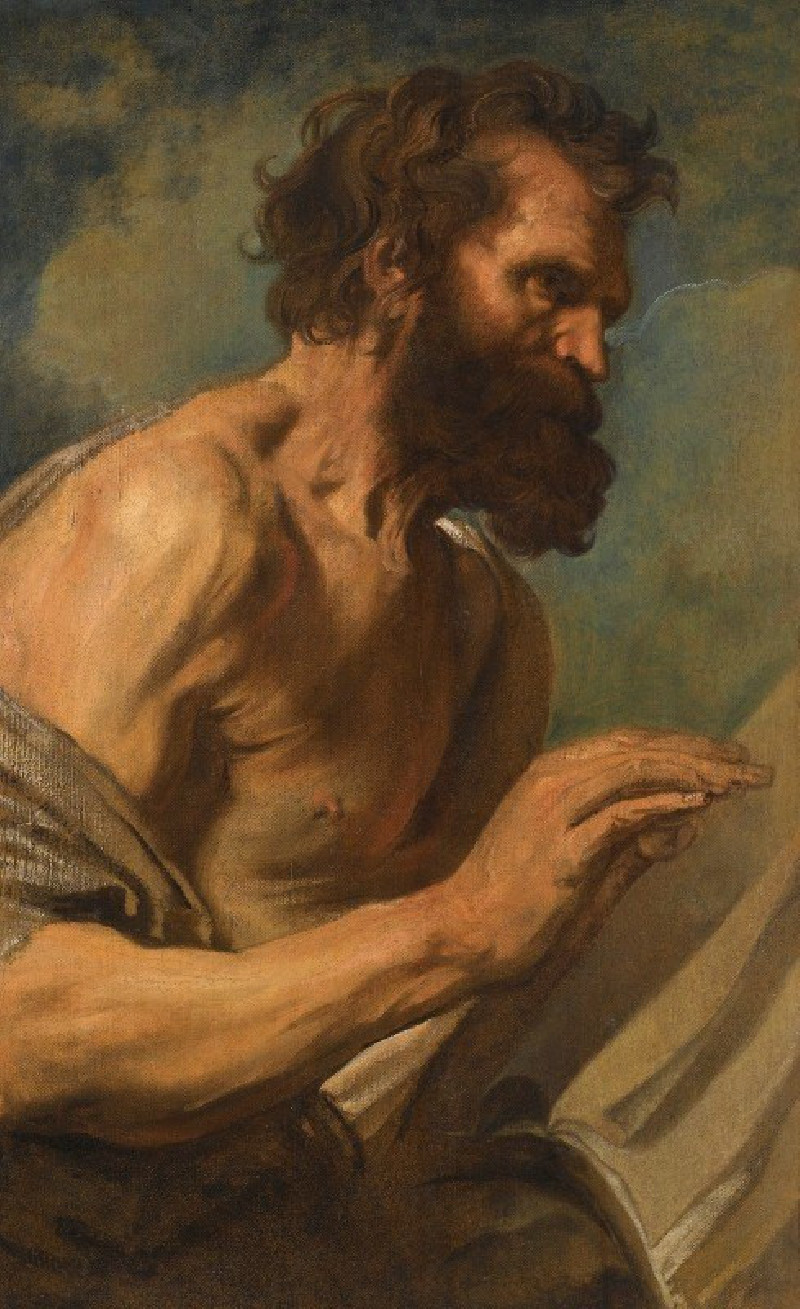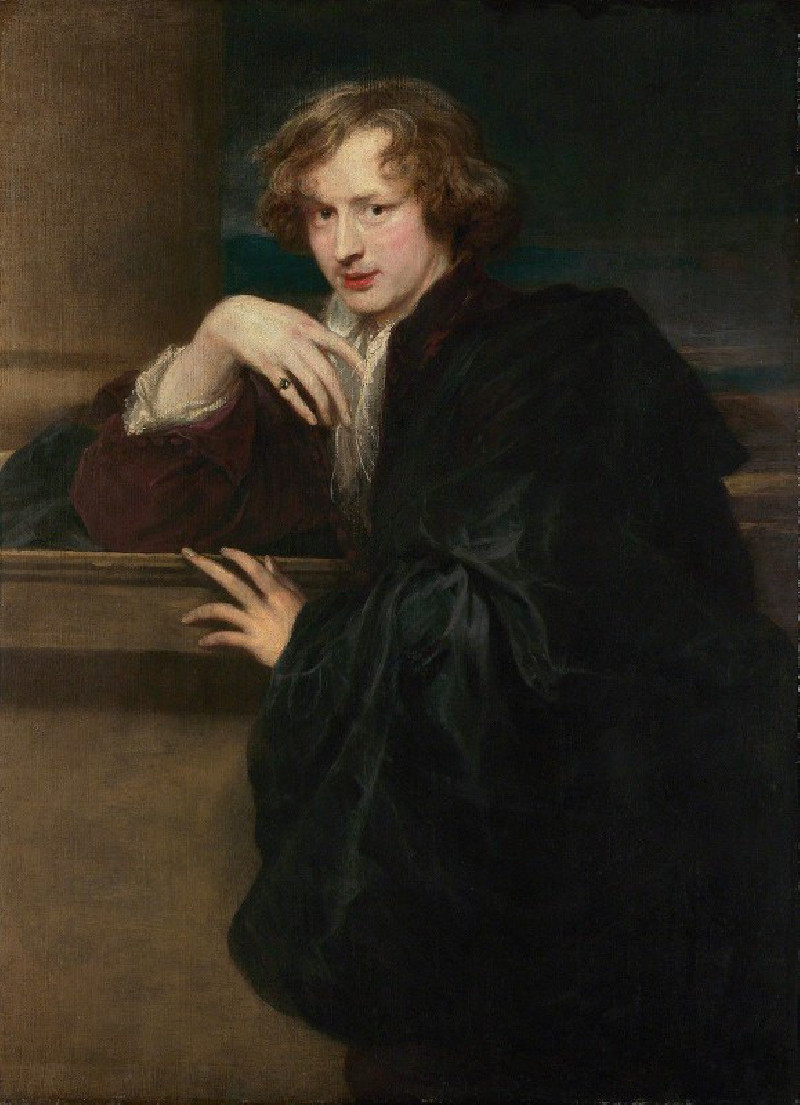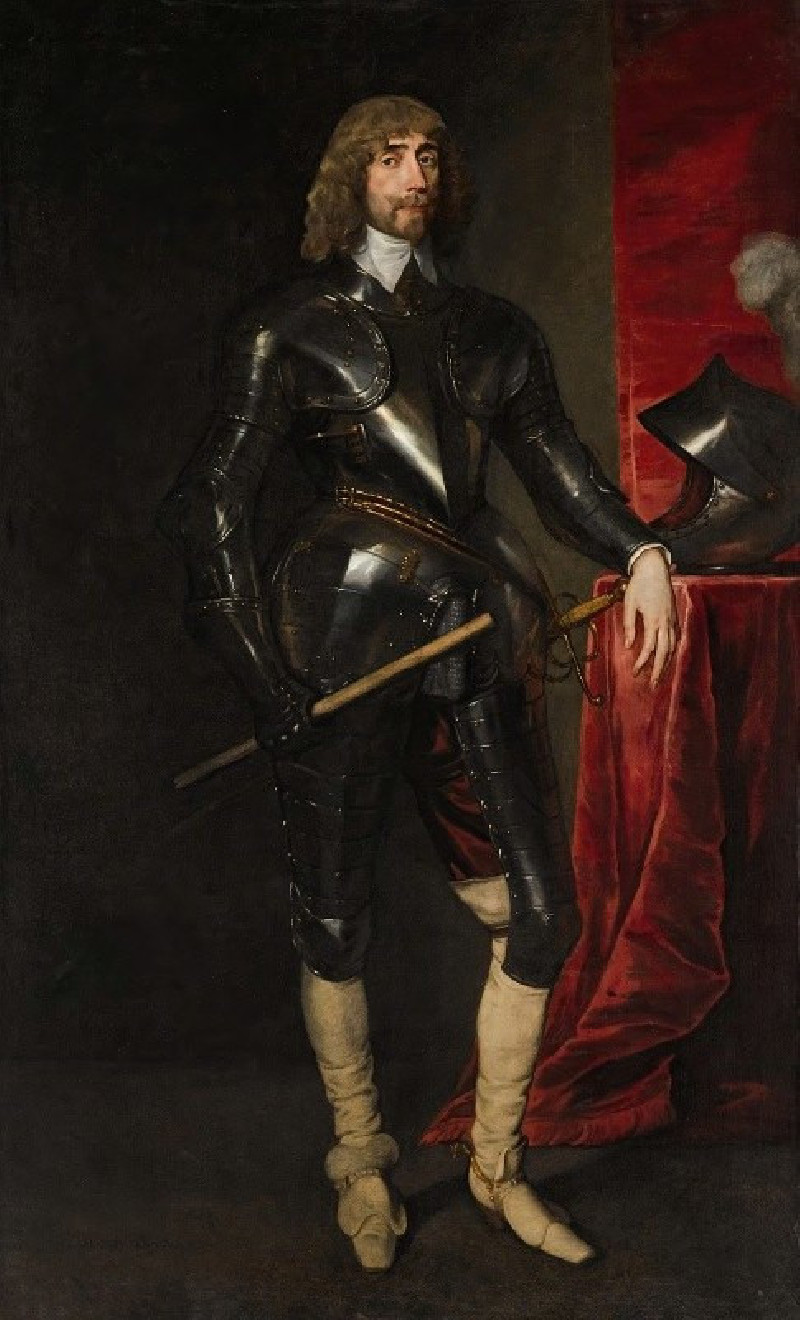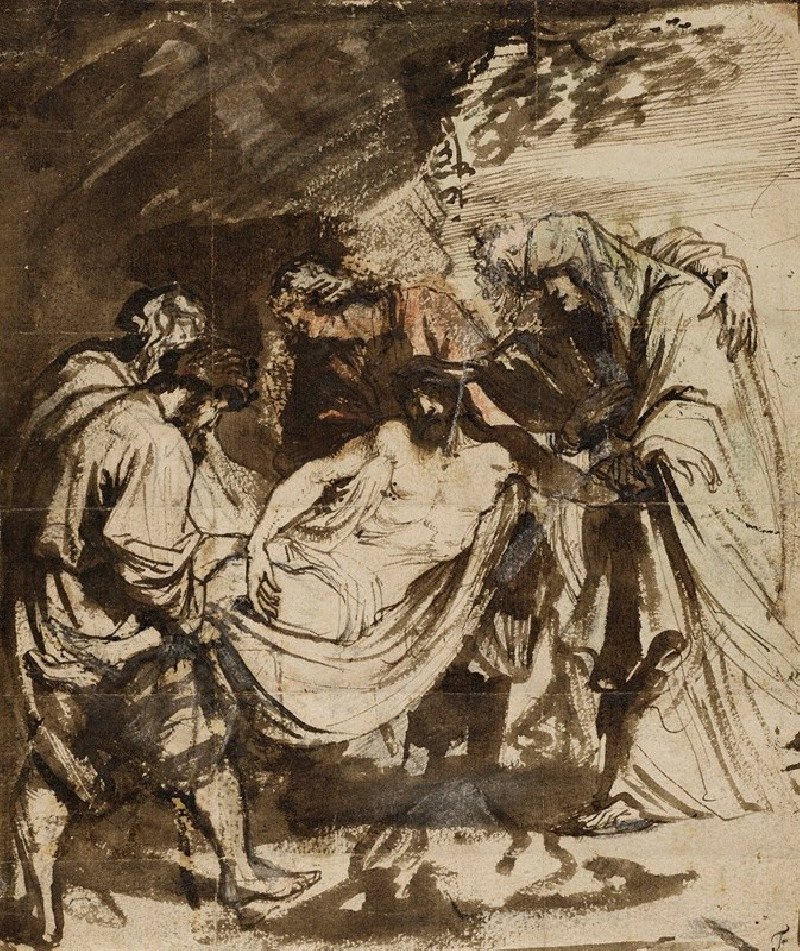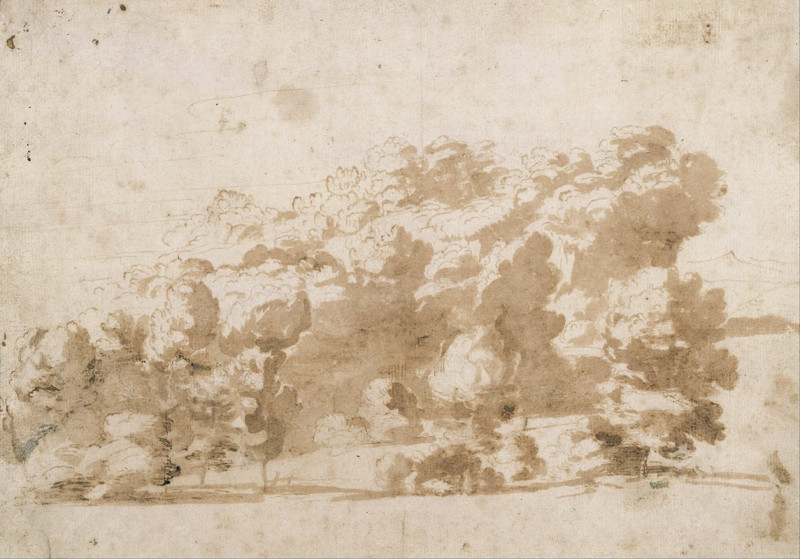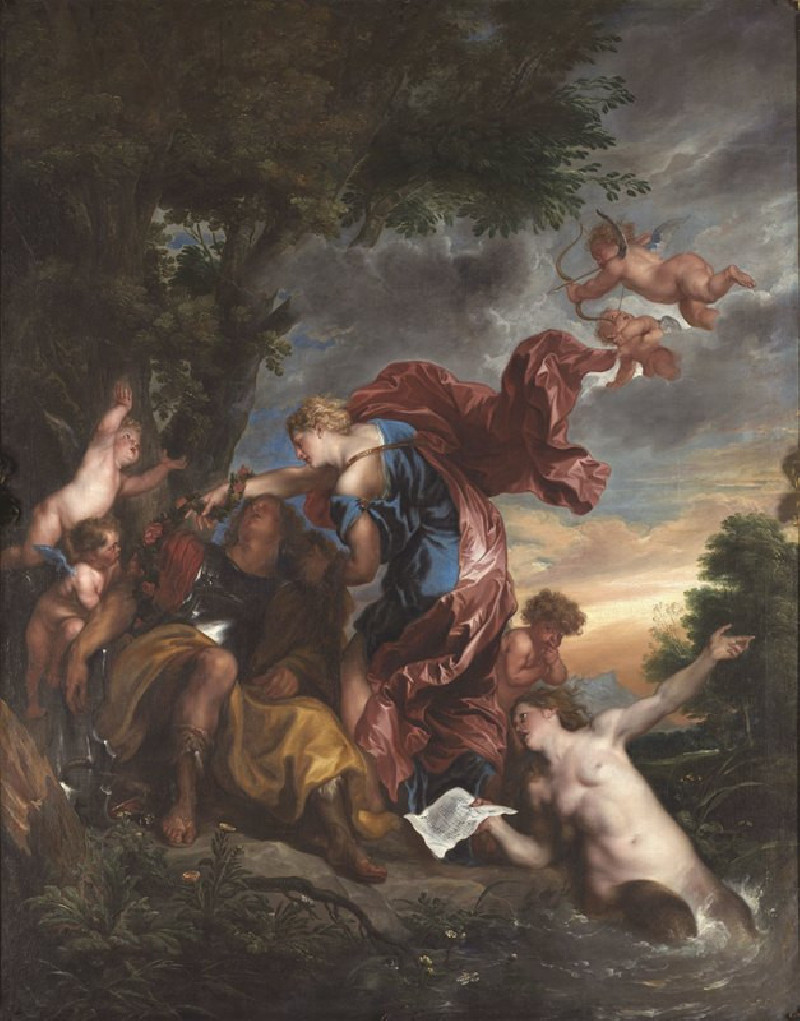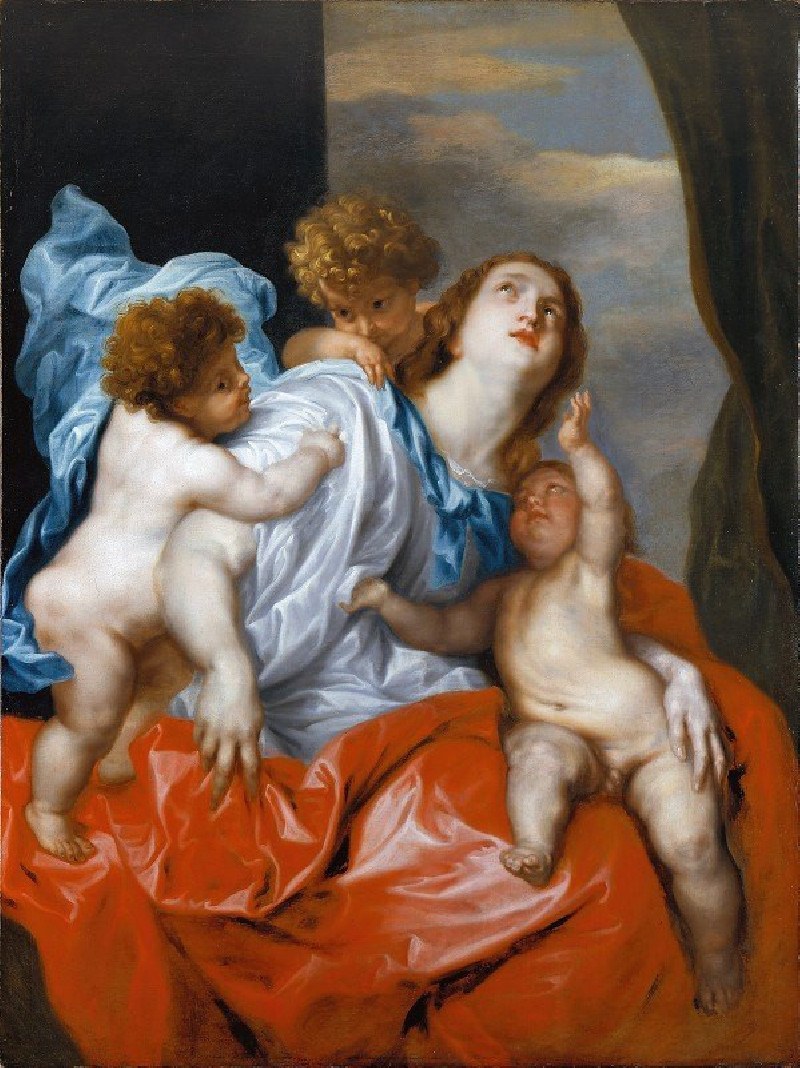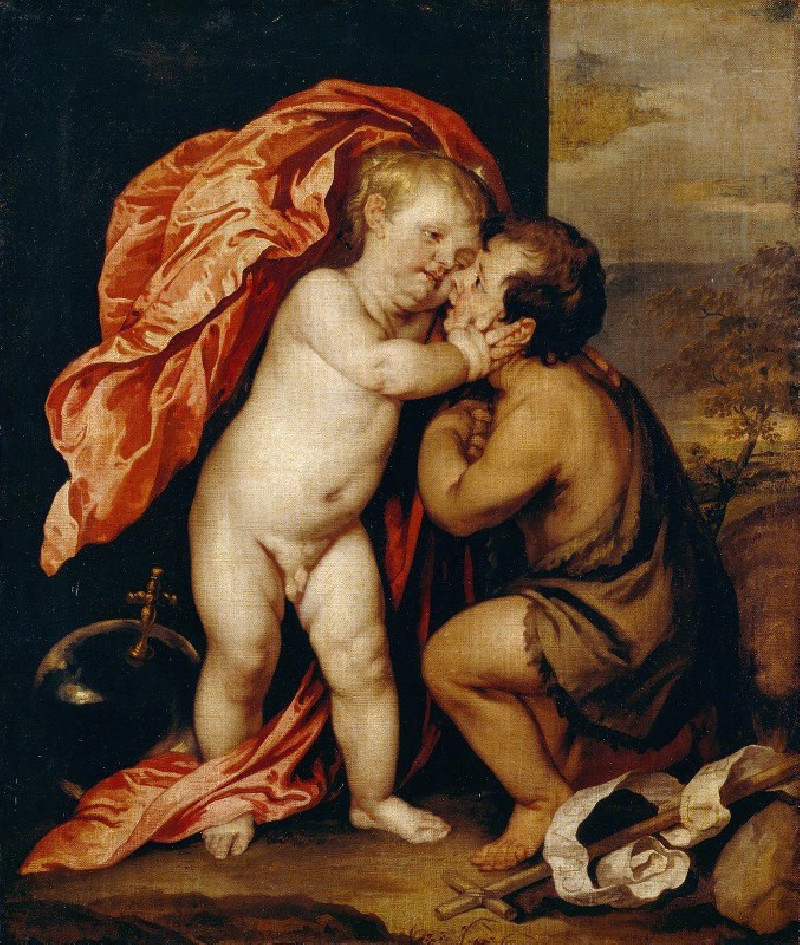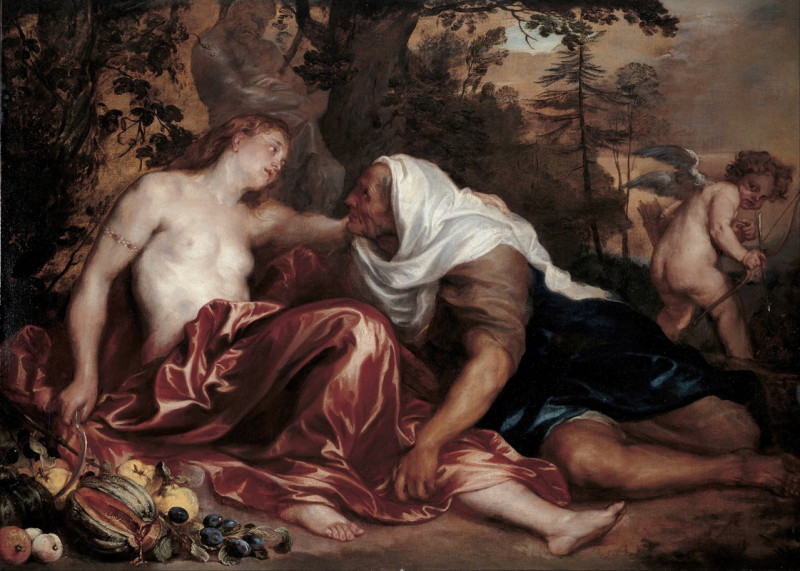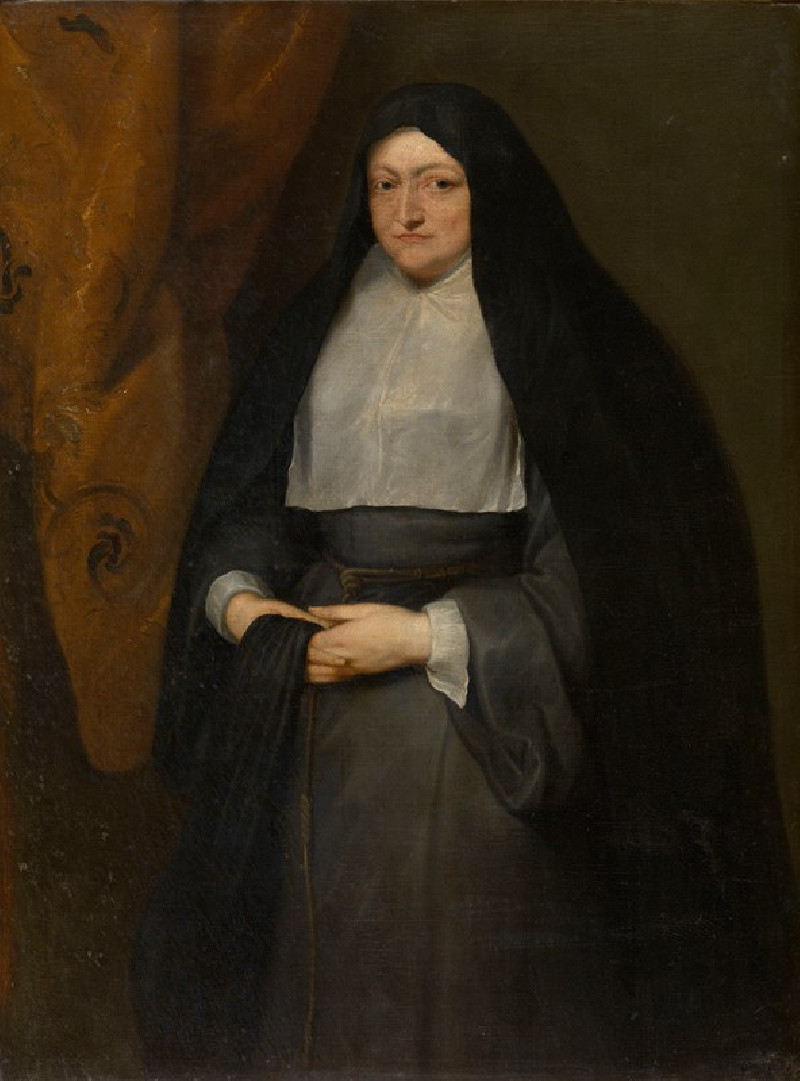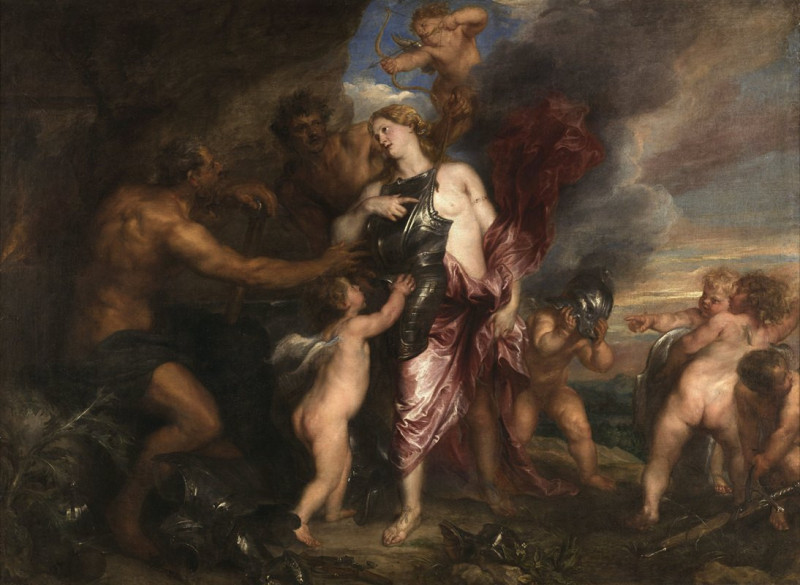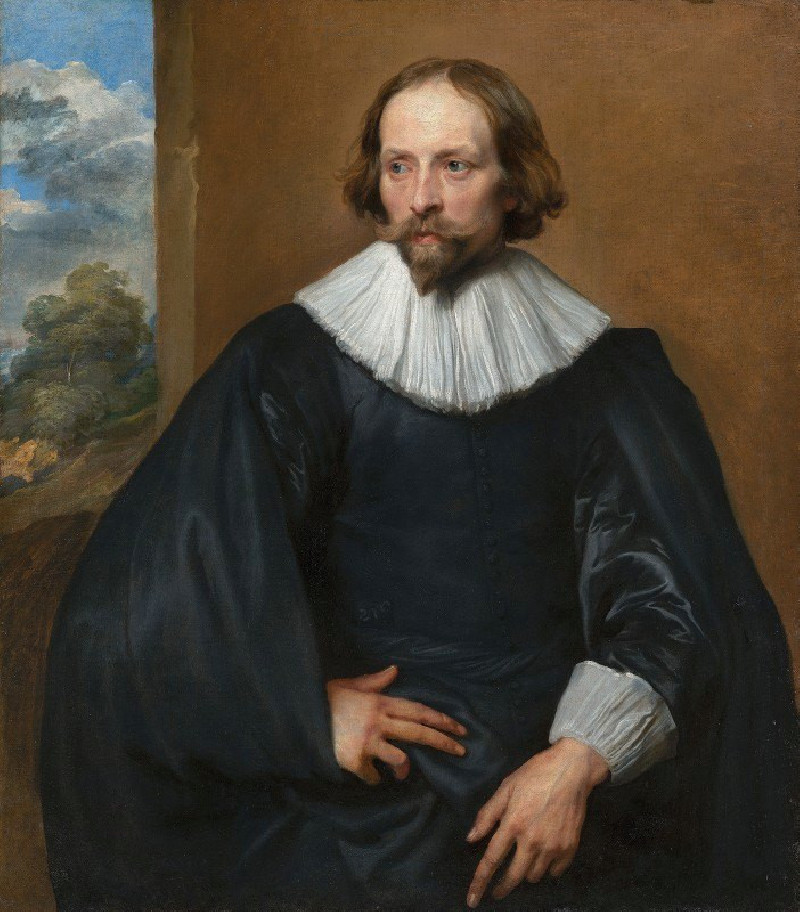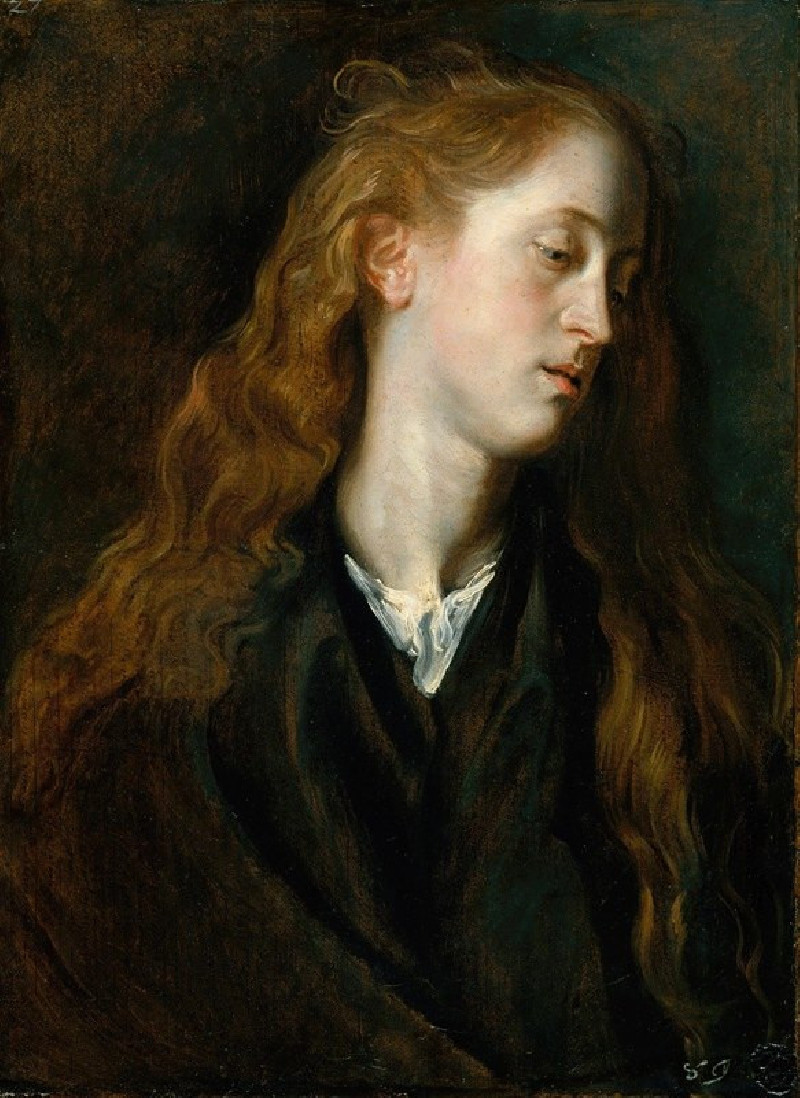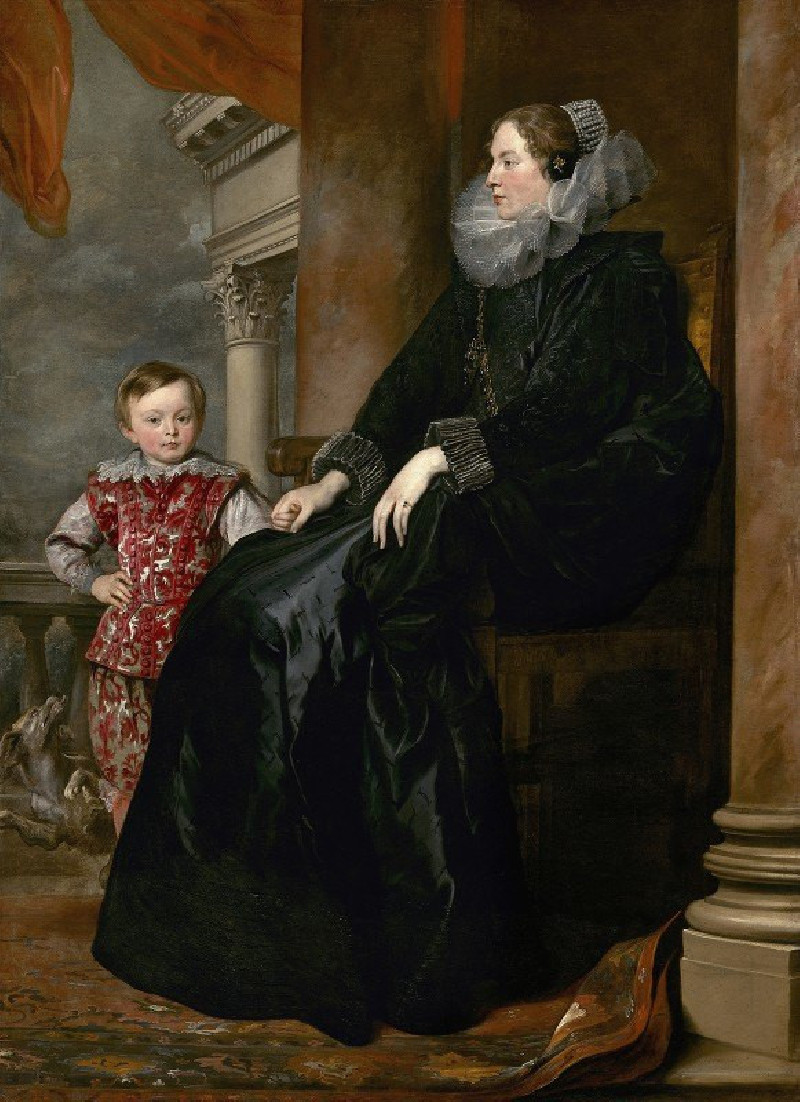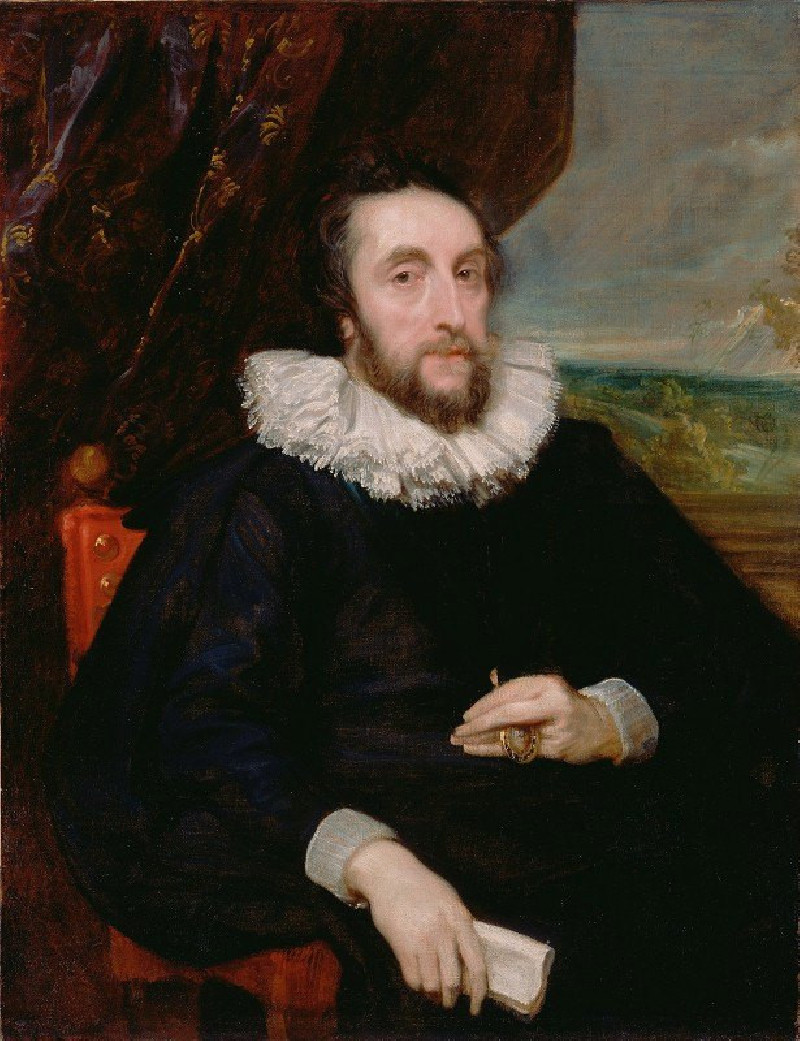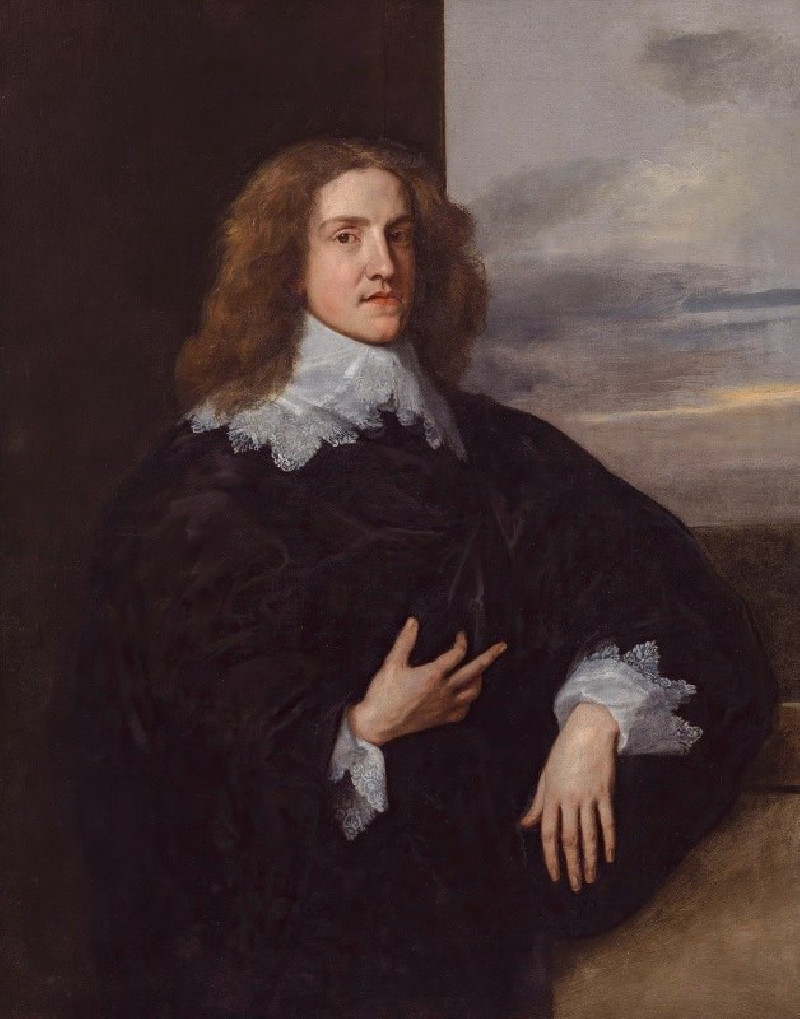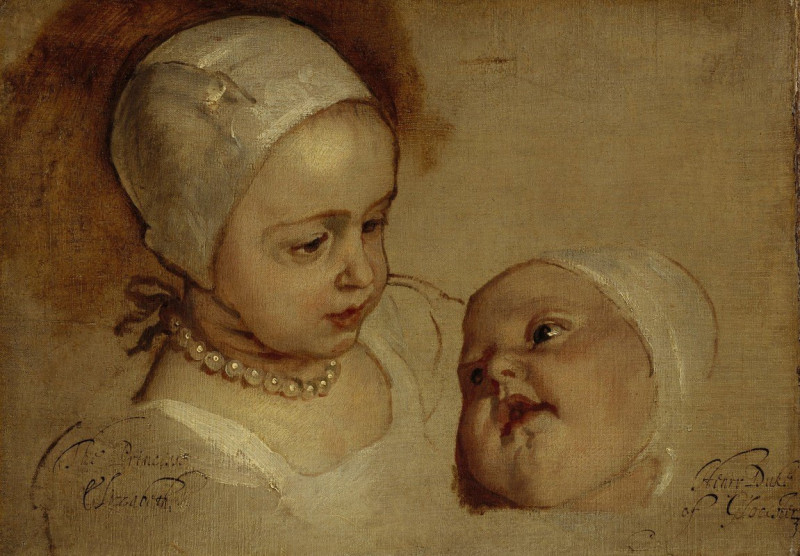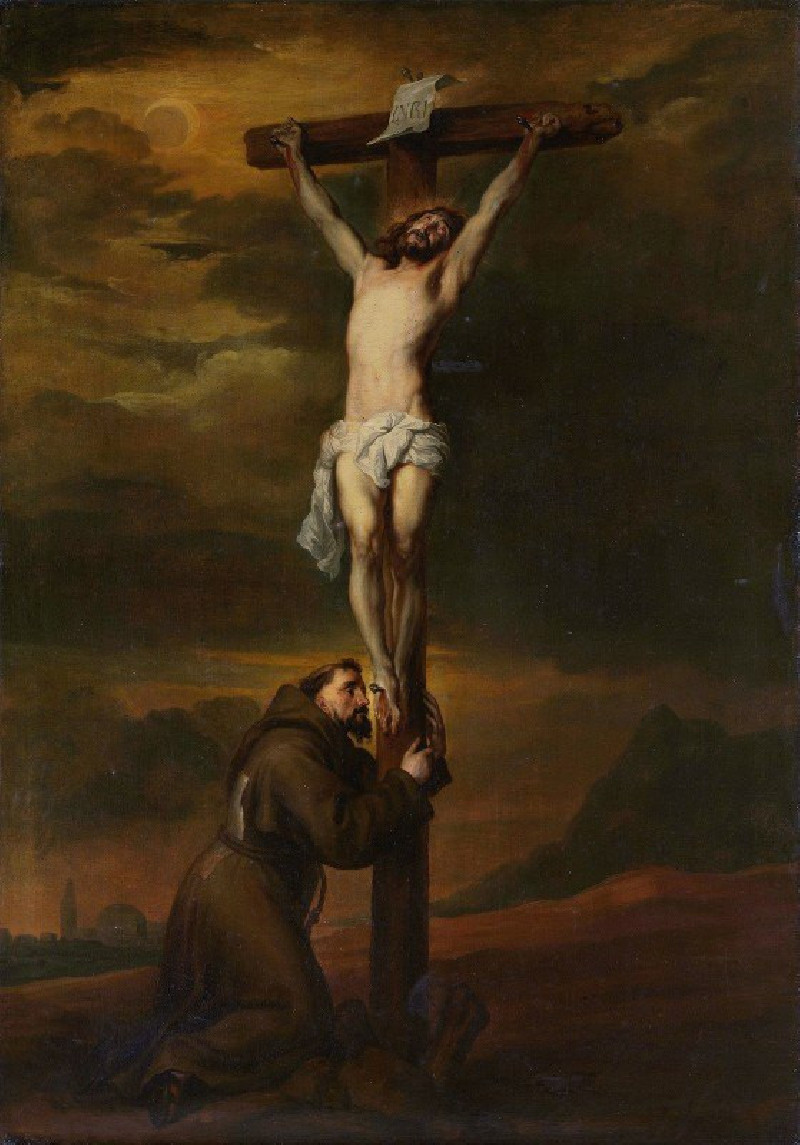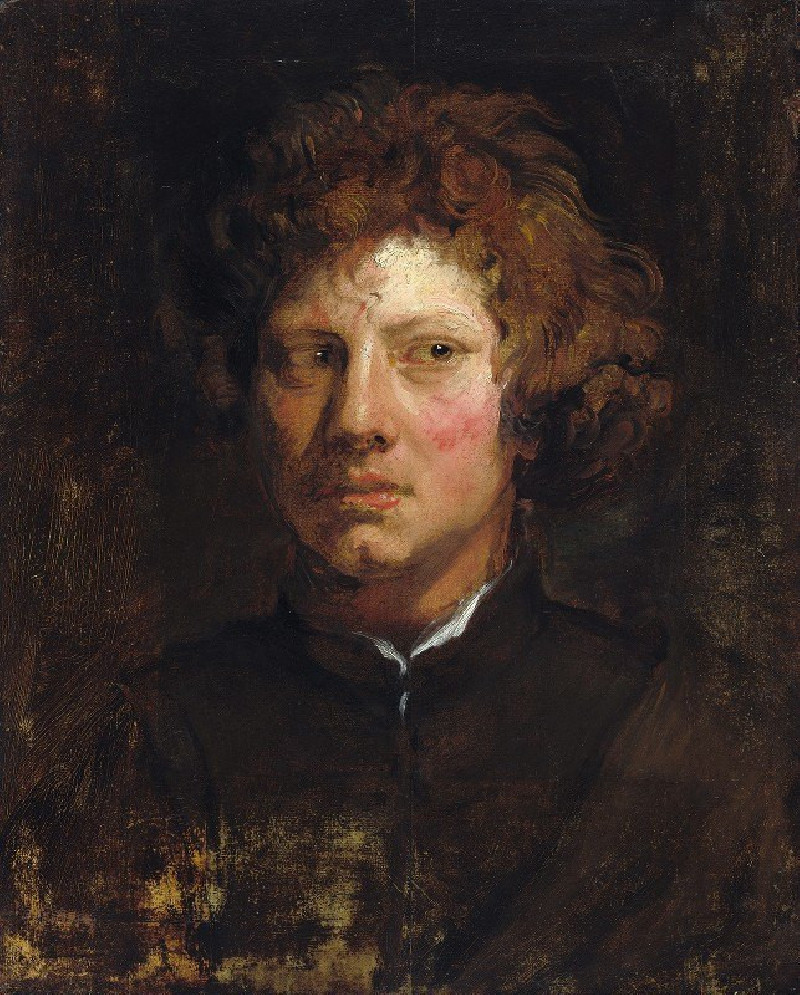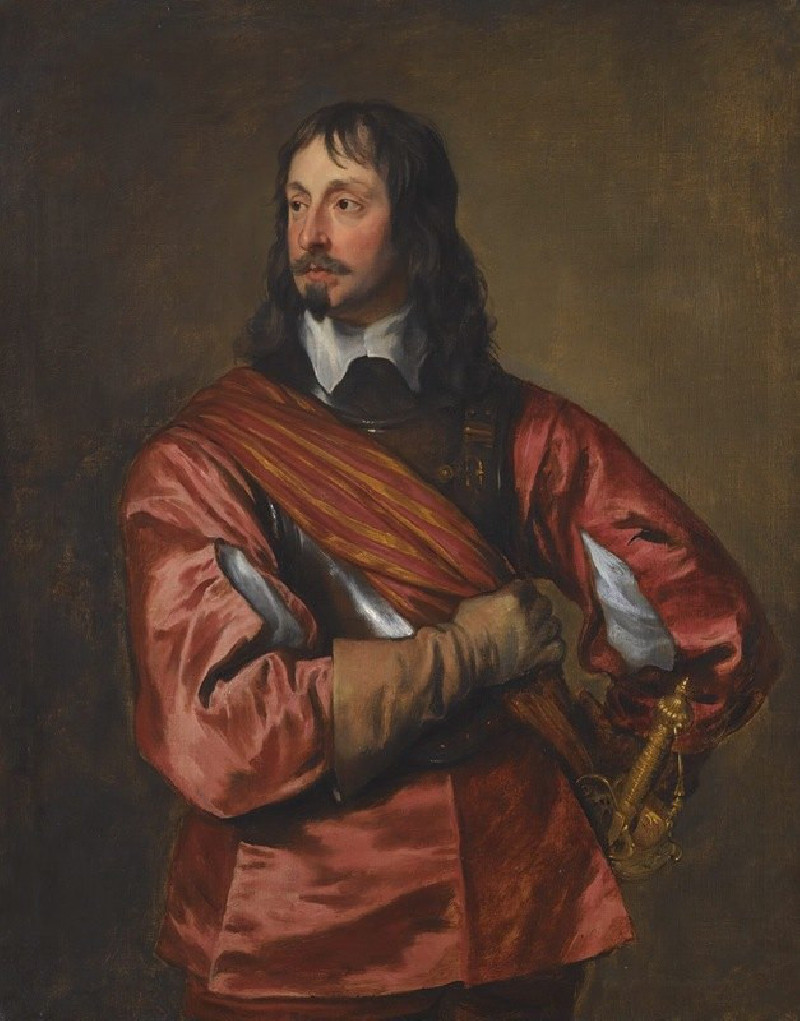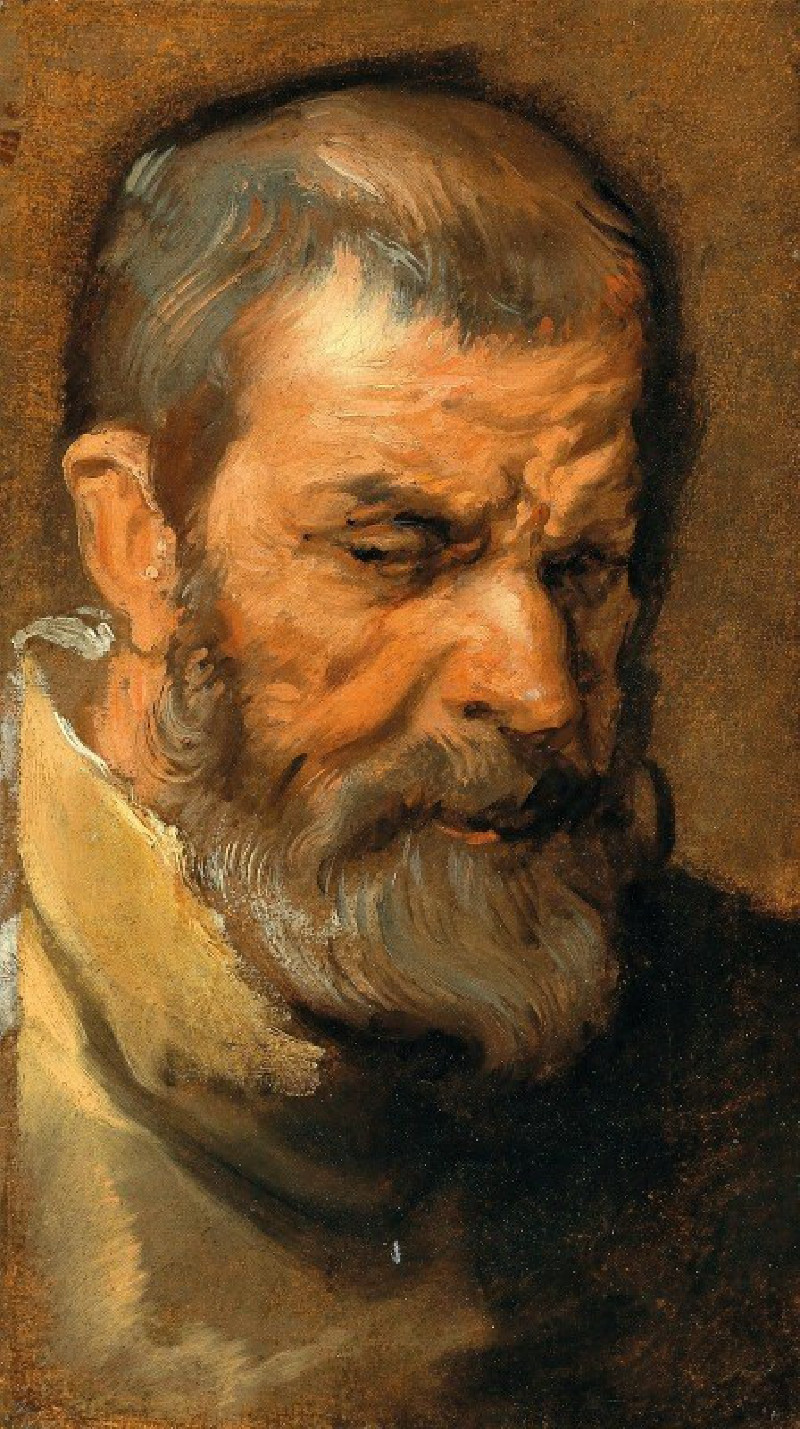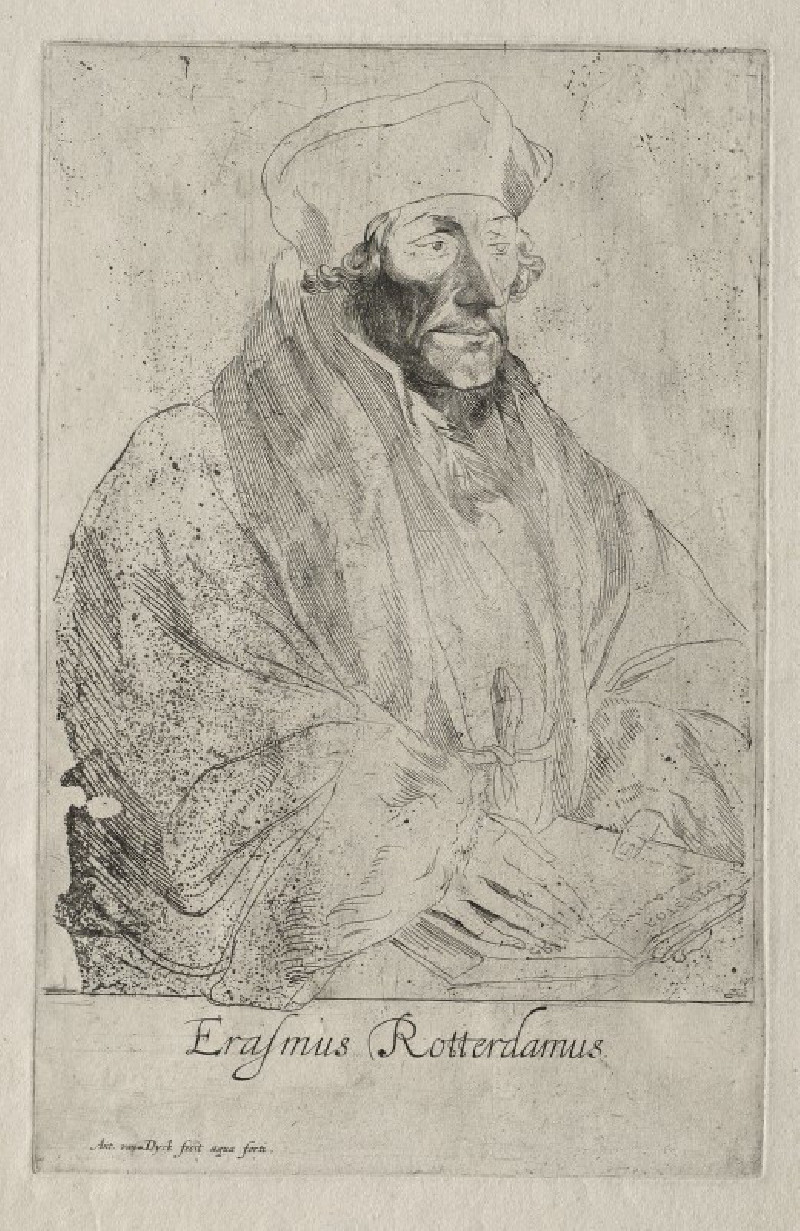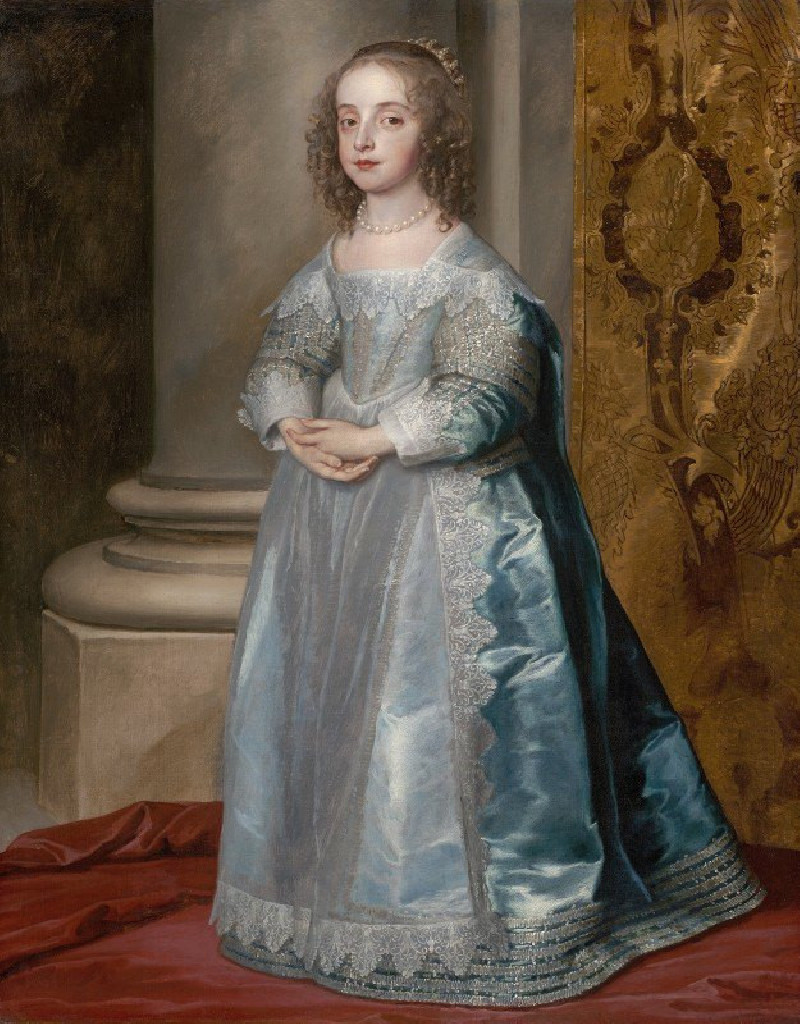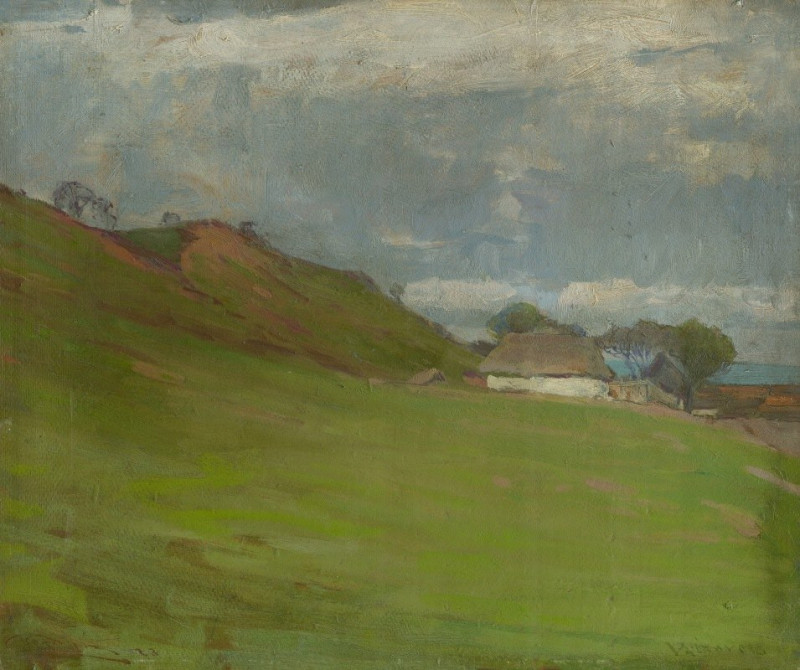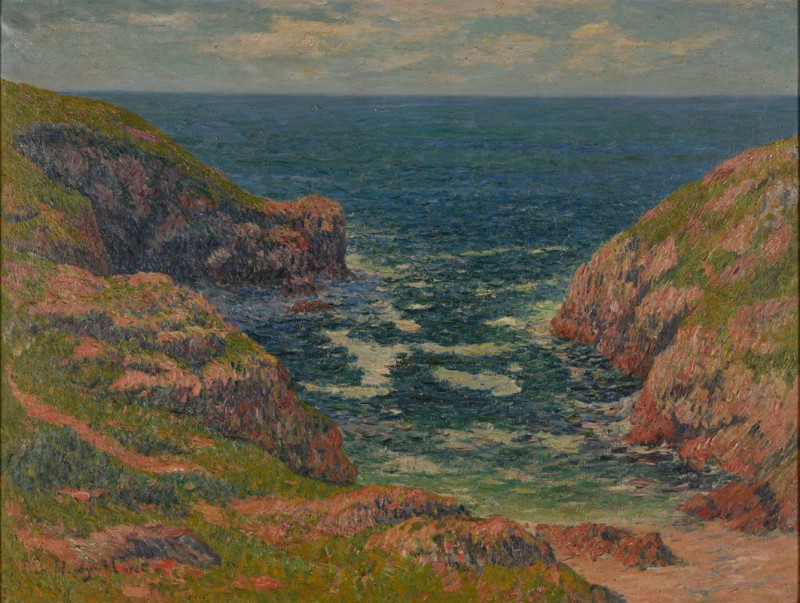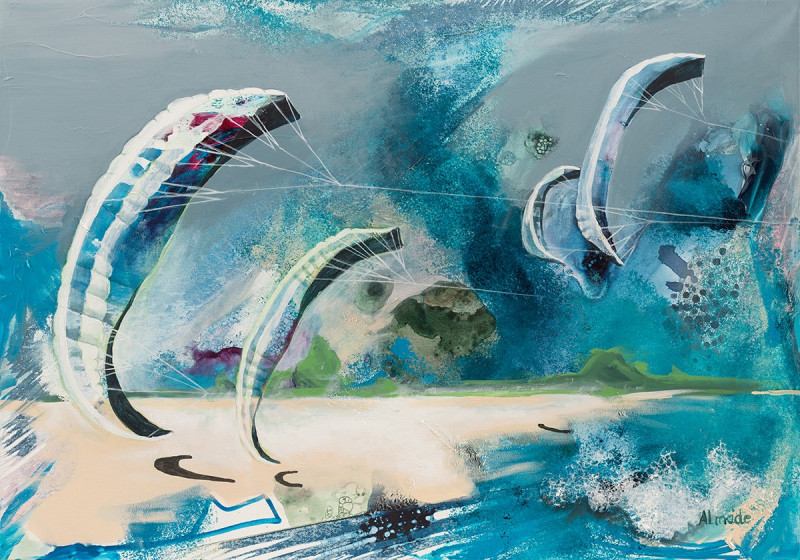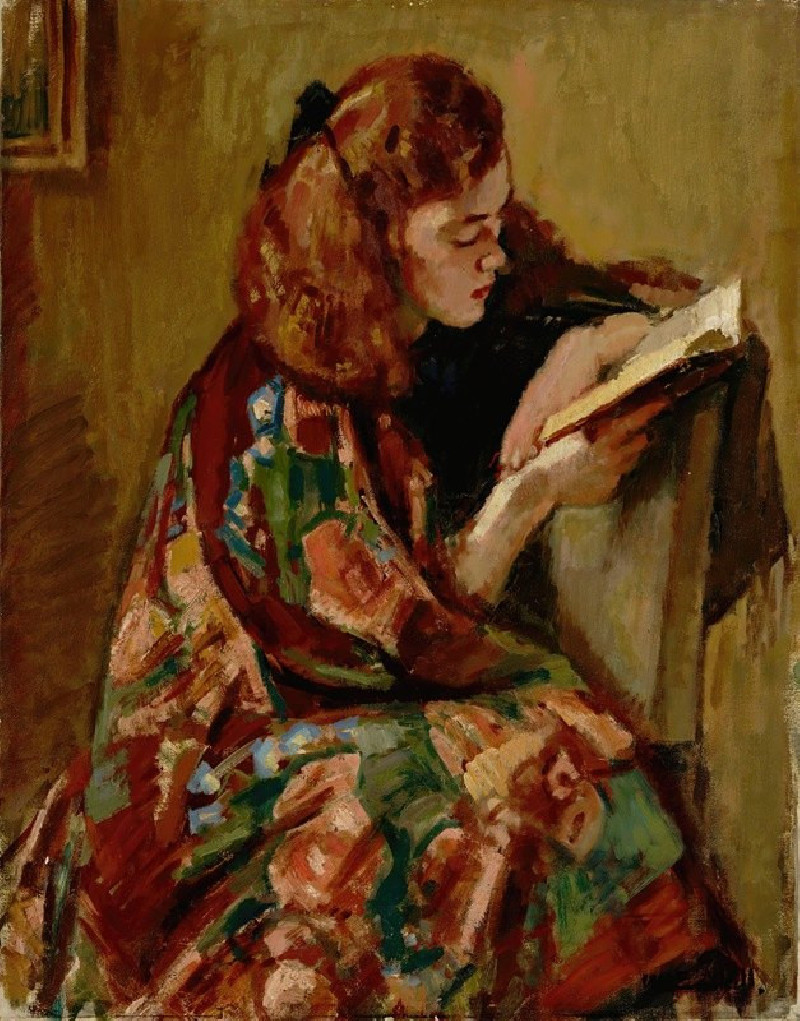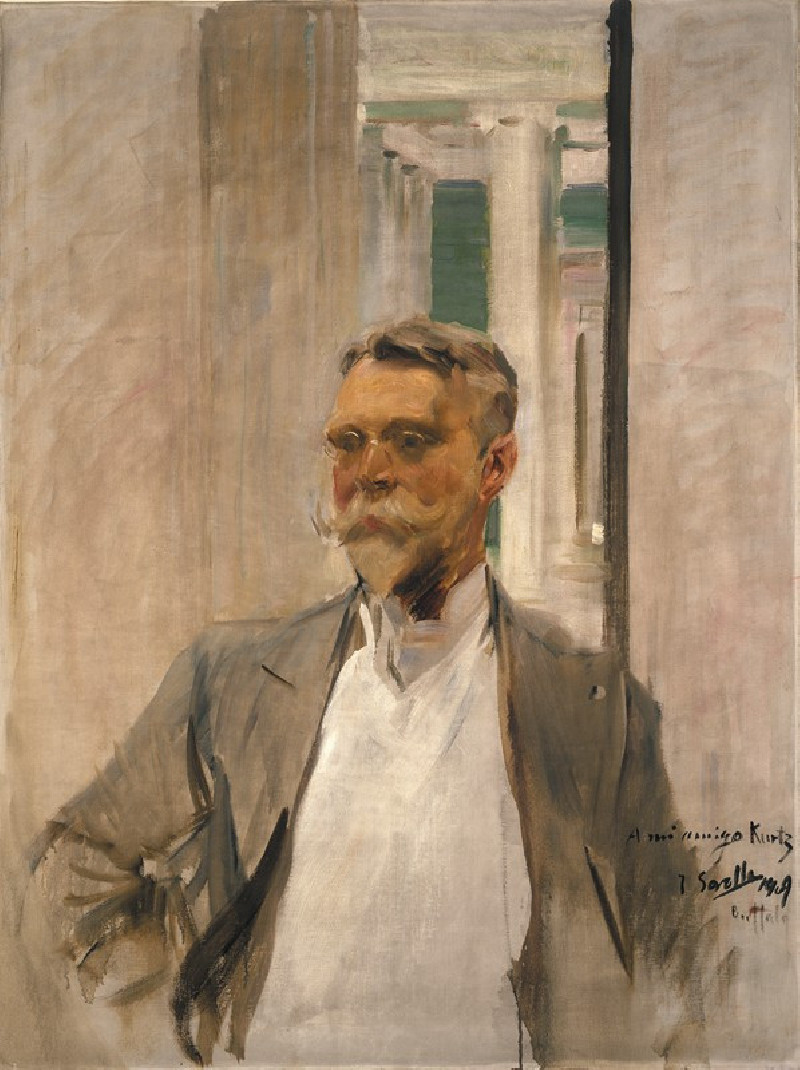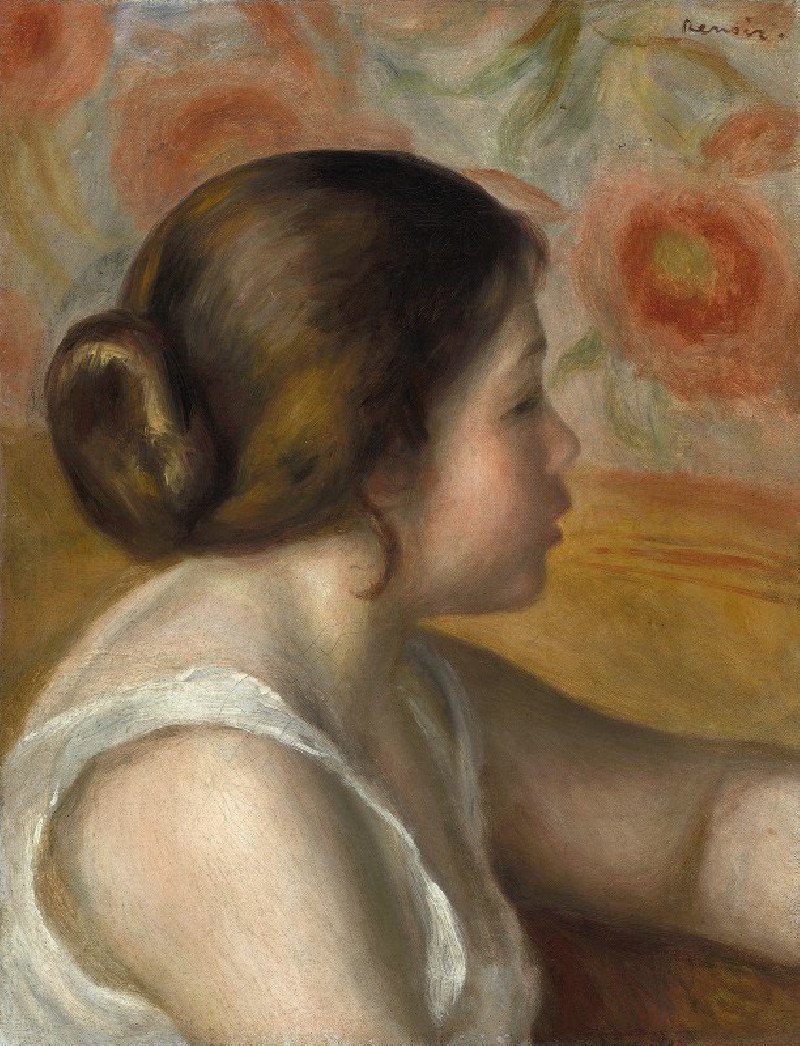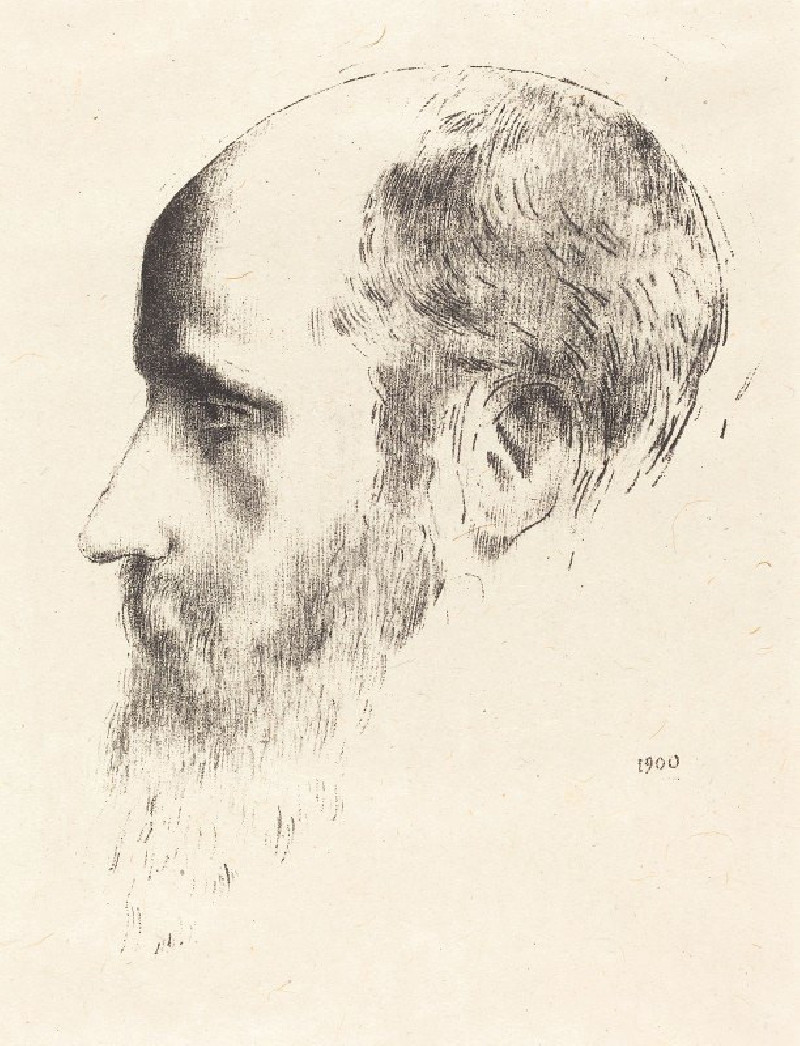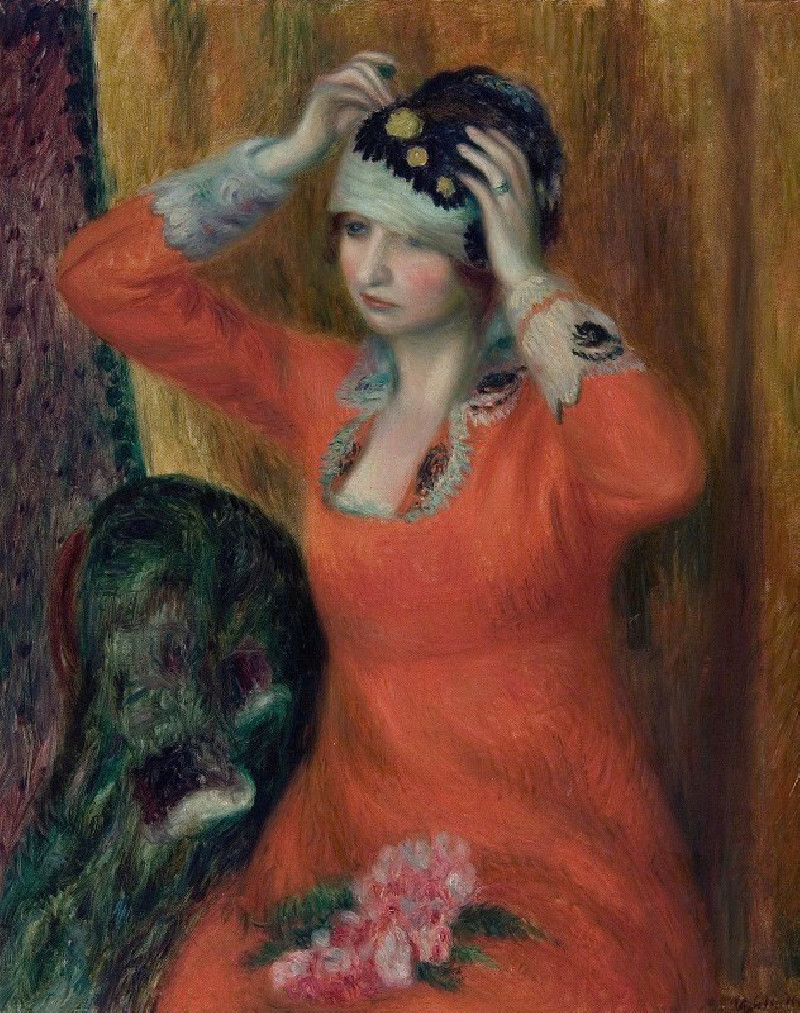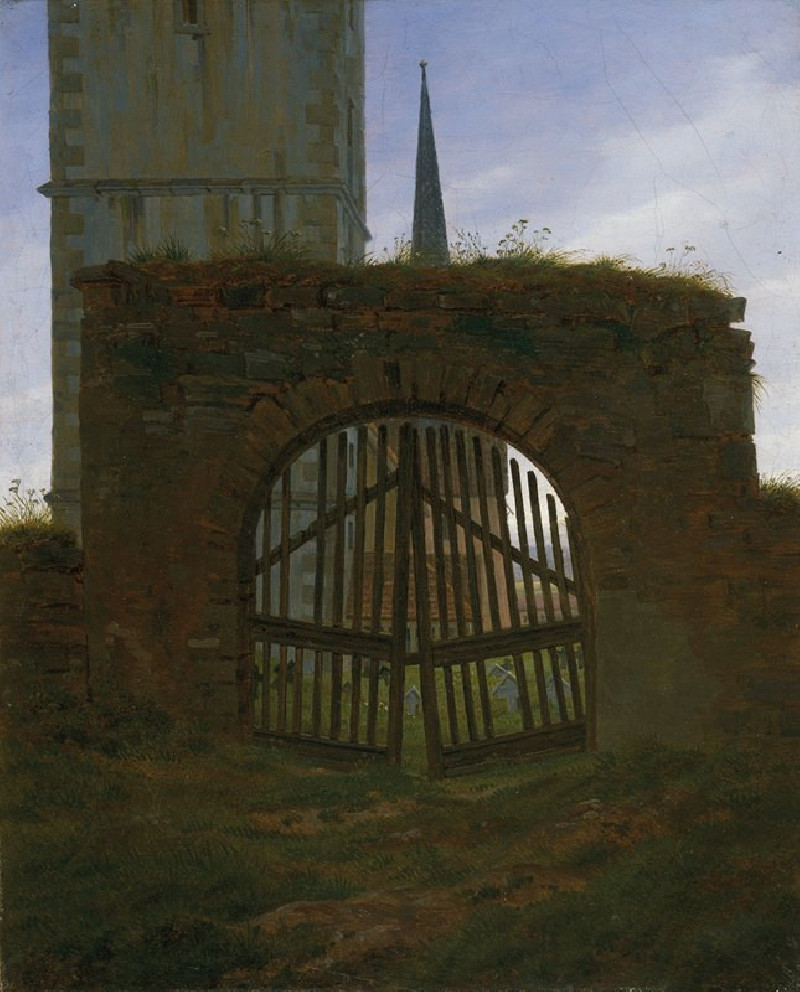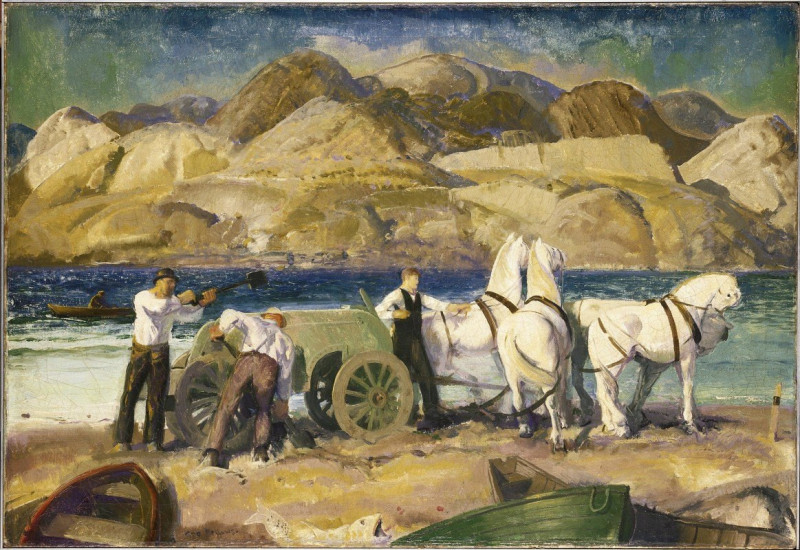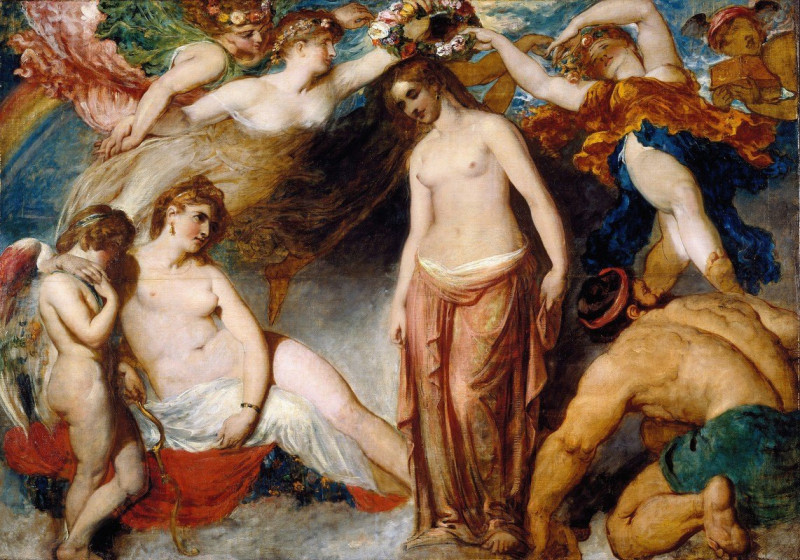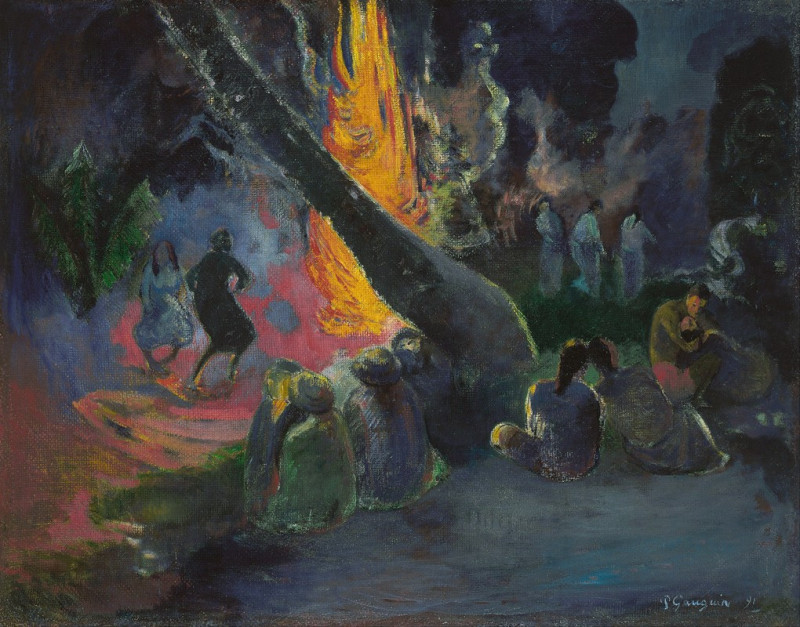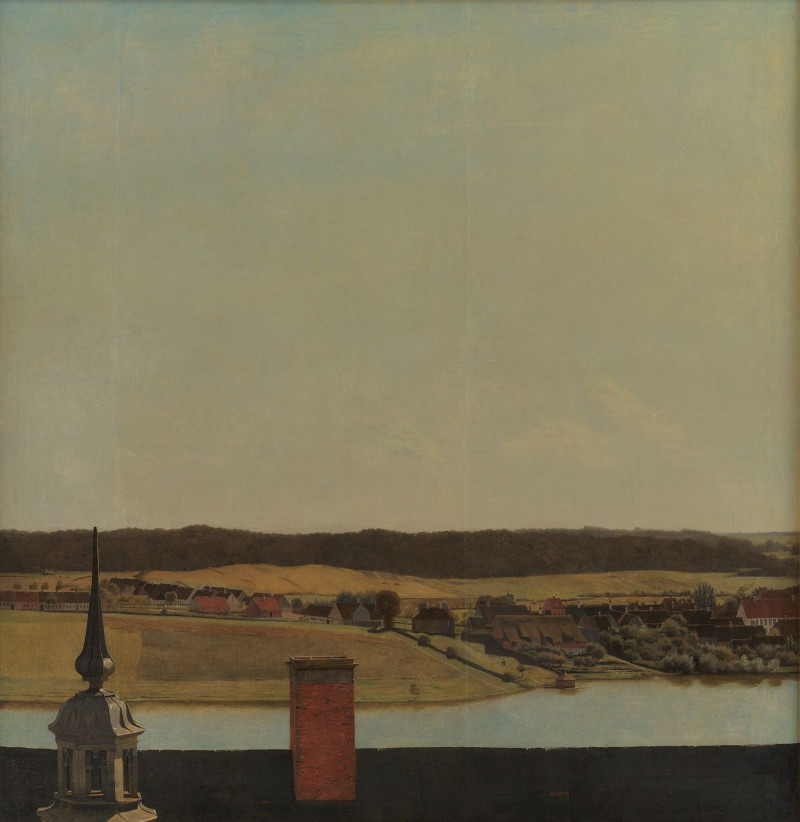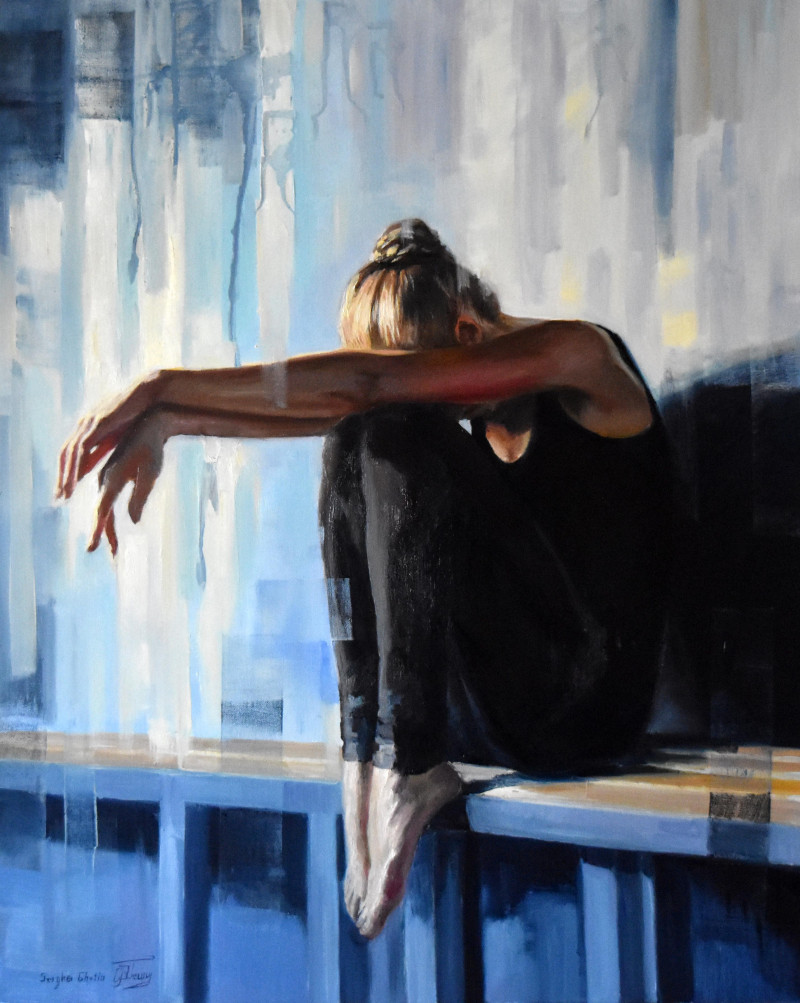Study of a Bearded Man with Hands Raised
Technique: Giclée quality print
Recommended by our customers
More about this artwork
"Study of a Bearded Man with Hands Raised" by Anthony van Dyck is a captivating exploration of human expression masterfully rendered with the dramatic flair for which the artist is renowned. The painting features a muscular, bearded man whose bare torso and intense gaze exude a raw, emotional power. The subject’s hands are positioned as if he is in the midst of an impassioned speech or plea, adding to the narrative drama of the composition.Van Dyck's use of chiaroscuro – the contrast of light and shadow – enhances the three-dimensional form of the man’s body and face, accentuating his furrowed brow and flowing beard. The background, rendered in soft, muted tones, ensures that the viewer's focus remains intently on the figure.This oil sketch is believed to be a study for a larger work, showcasing Van Dyck’s skill in capturing the vitality and essence of his subjects in preparatory works.
Delivery
Returns
Sir Anthony van Dyck (1599 – 1641) was a Flemish Baroque artist who became the leading court painter in England after success in the Spanish Netherlands and Italy.
The seventh child of Frans van Dyck, a wealthy Antwerp silk merchant, Anthony painted from an early age. He was successful as an independent painter in his late teens, and became a master in the Antwerp guild in 1618. By this time he was working in the studio of the leading northern painter of the day, Peter Paul Rubens, who became a major influence on his work.

